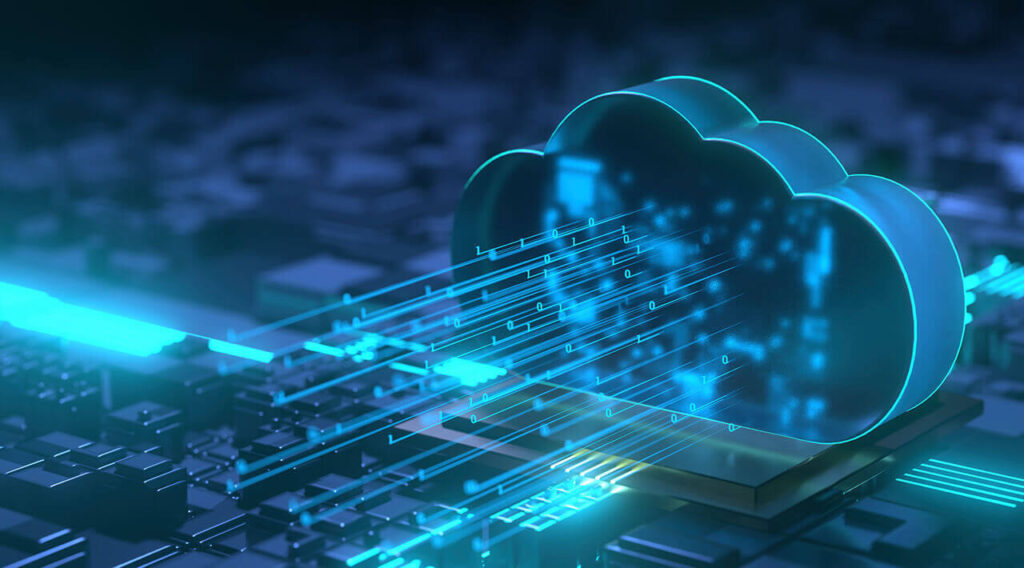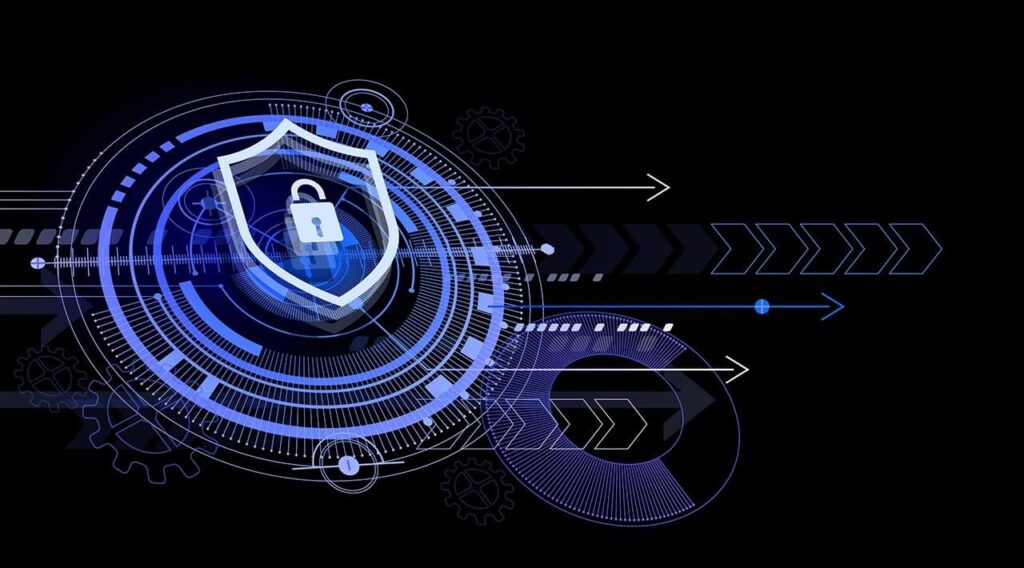Cybersecurity is more critical than ever in today’s digital age. The increasing complexity of cyberthreats calls for an evolution in security approaches, leaving legacy hardware-based solutions behind and embracing a more agile and efficient architecture – the SASE (Secure Access Service Edge) platform. The question is no longer whether to make this transition, but when and how to perform this radical shift.
Legacy, hardware-based security has been a cornerstone for decades. However, the rise of remote work, network expansion, and threat diversification have clearly exposed the significant limitations of these solutions. The rigidity and lack of adaptability of legacy infrastructures hinder an effective protection against cyberthreats, in a dynamic and constantly changing environment, where different sources agreed that the number of attacks grew by three digits in 2023 versus 2022, both for personal data and government entities’.[1] And, if a shred of doubt was left, in an IBM report on data breach cost for 2023, 95% of respondents who suffered a data breach, said they experienced more than one. Not a minor issue.
The cloud-based SASE platform emerges to tackle these challenges. By integrating security and networking functions, SASE provides a unified architecture adjustable to the changing needs of modern businesses. Cloud inherent mobility and flexibility allow organizations to protect their infrastructure without sacrificing operational agility.
Transitioning to SASE is not just a strategic choice, but an imperative. The decentralized nature of today’s work demands a security approach that goes beyond traditional network boundaries. Thanks to its edge security approach and cloud service delivery the SASE platform is the perfect match for this new work reality.
The key component for transitioning is given by a mindset shift. It’s not just about the adoption of new technologies but embracing a security culture adjustable to cyberthreats’ dynamic nature. The SASE platform not only delivers greater operational efficiency, but also fosters across-the-board collaboration and adaptability.
Additionally, cloud-based security provides an opportunity to improve user experience. By removing the need for routing through legacy devices, SASE enables faster, more secure, anywhere access to enterprise resources. Thus, we are not only enhancing productivity; the security posture becomes more robust by ensuring users secure resource access, when needed.
However, transitioning to SASE is not free of challenges. Migration management and platform integration into the existing framework are critical steps. Staff training and joint collaboration between IT and security teams will be essential in this process of change.
What matters here is noting that transitioning from legacy hardware-based security to the cloud-based SASE platform is no longer a “yes or no” but rather a “when” question. The need of adjusting to an ever-evolving business environment and the increasingly sophisticated cyberthreats make SASE the logical choice. Our future security is no longer waiting; it’s in the cloud, and transitioning is inevitable.
[1] “Data Breach Investigations Report,” Verizon, 2023. Vs. “Data Breach Investigations Report,” Verizon, 2014-2022. https://www.apple.com/newsroom/pdfs/The-Continued-Threat-to-Personal-Data-Key-Factors-Behind-the-2023-Increase.pdf

Author:
Alejandro Girardotti
Senior Director of Products, Innovation and Strategic Alliances
Cirion Technologies










